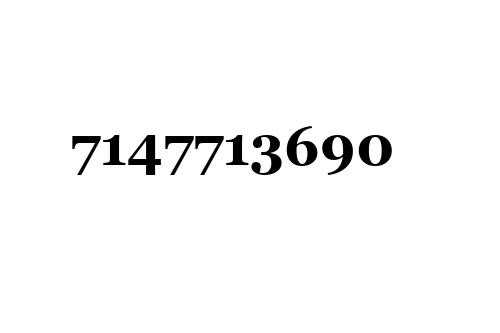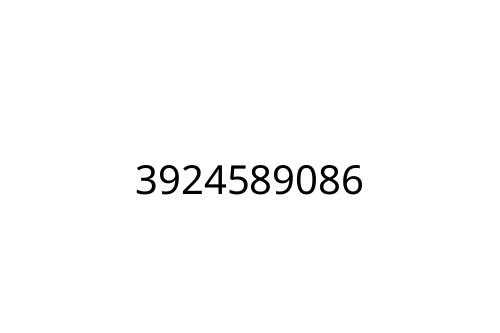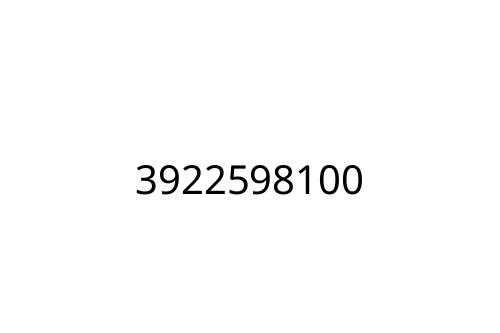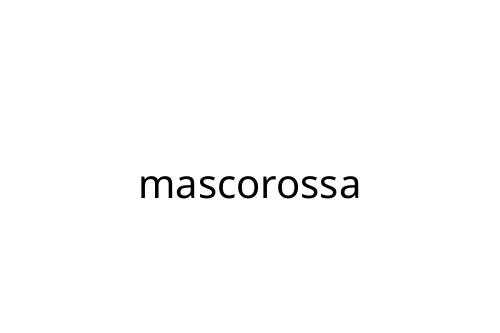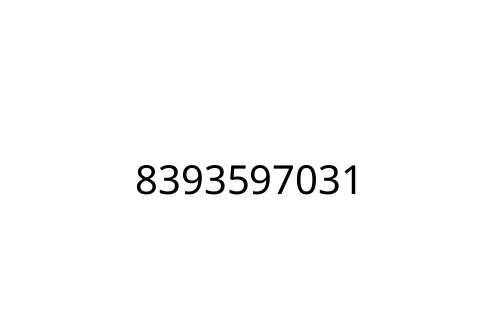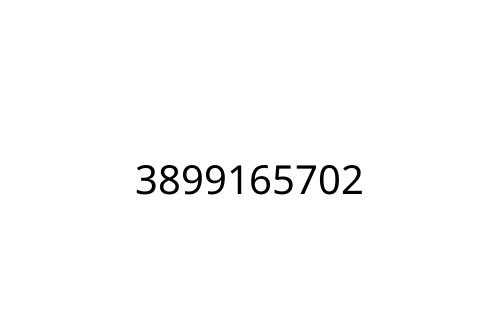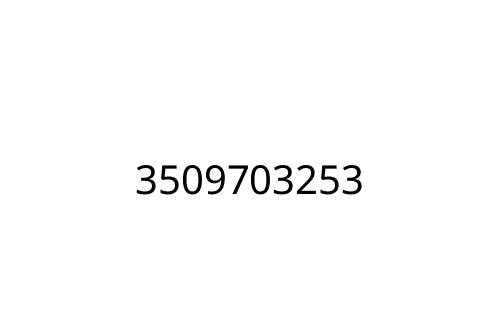Have you ever felt overwhelmed by the world of betting odds? I know I did when I first started. In this beginner’s guide, I’ll walk you through the basics of understanding betting odds and help demystify this essential aspect of sports betting.
Navigating the various types of odds can be confusing, but with a bit of guidance, you’ll soon be able to interpret them like a pro. Whether you’re into sports betting or just curious about how odds work, this guide will equip you with the knowledge you need to make informed decisions.
So, if you’re ready to dive into the exciting realm of betting odds, buckle up, and let’s unravel the mysteries together. By the end of this guide, you’ll have a solid grasp of how odds are presented and what they mean, setting you on the path to becoming a more confident bettor.
Exploring Different Types of Betting Odds
When exploring different types of betting odds, it’s essential to understand the variations that exist in the world of sports betting. As I delve into the intricacies of betting odds, I’ll outline the key differences between fractional, decimal, and moneyline odds to provide a comprehensive overview for beginners.
1. Fractional Odds
Fractional odds, also known as traditional odds, are commonly used in the UK and represent the potential profit relative to the stake. For example, if you see odds of 5/1, it means that for every $1 you bet, you could potentially win $5, plus your initial stake back. Understanding how to interpret fractional odds is crucial for grasping the fundamentals of sports betting.
2. Decimal Odds
Decimal odds, prevalent in Europe and Australia, are represented as a single numerical value, including the stake. For instance, if you encounter odds of 3.00, it signifies that a winning bet of $1 would return a total of $3, including your initial wager. Decimal odds provide a straightforward way to calculate potential returns on a bet.
3. Moneyline Odds
Moneyline odds, commonly used in the United States, focus on who will win the game outright. Positive and negative numbers are assigned to each team or outcome, with positive odds indicating the potential profit on a $100 bet and negative odds representing the amount needed to wager to win $100. Mastering moneyline odds is key to navigating the American sports betting landscape effectively.
By familiarizing yourself with fractional, decimal, and moneyline odds, you’ll be equipped to analyze betting markets with confidence and make informed decisions when placing bets on your favorite sports events.
Calculating Probability from Betting Odds
Decimal odds represent the amount one wins for each dollar wagered, including the initial stake. Calculating the implied probability from decimal odds involves a straightforward formula:
I can convert decimal odds into implied probability by dividing 1 by the decimal odds value and multiplying by 100 for a percentage. For example, if the decimal odds are 3.00, the implied probability would be (1 / 3.00) * 100 = 33.33%.
Fractional Odds
Fractional odds express the profit potential relative to the stake. To calculate the probability from fractional odds in the simplest form:
I can divide the denominator by the sum of the numerator and denominator, then multiply by 100 to get the implied probability. For instance, with 7/2 fractional odds, the calculation would be (2 / (7 + 2)) * 100 = 22.22%.
Moneyline Odds
Moneyline odds depict betting on the outright winner, with positive and negative values indicating the favorite and underdog, respectively. Here’s how to derive the implied probability from moneyline odds:
I can use the formula 100 / (absolute moneyline odds + 100) to compute the implied probability. For a -200 favorite, the implied probability would be 100 / (200 + 100) = 33.33%, while for a +150 underdog, it would be 100 / (150 + 100) = 40%.
Interpreting and Comparing Odds Formats
Understanding different odds formats is crucial for successful sports betting. Each format conveys information about the likelihood of a particular outcome and helps bettors make informed decisions. Let’s delve into how to interpret and compare fractional, decimal, and moneyline odds effectively.
- Fractional Odds
Fractional odds are prevalent in the UK and are displayed as fractions (e.g., 5/1). The first number represents the potential profit, while the second number indicates the stake. For example, odds of 5/1 mean that for every $1 wagered, you could win $5 in profit plus your initial stake if the bet is successful. - Decimal Odds
Decimal odds are common in Europe and Australia, represented by a numerical value (e.g., 4.00). Unlike fractional odds, decimal odds already include the stake in their value. To calculate potential winnings, you multiply your stake by the decimal odds. For instance, with odds of 4.00, a $10 bet would return $40 (including the initial $10 stake).
Moneyline Odds
Moneyline odds are prevalent in the United States and use positive and negative numbers to indicate the underdog and favorite, respectively. Positive odds (e.g., +300) show the profit you could make from a $100 bet, while negative odds (e.g., -200) indicate how much you need to wager to win $100. Comparing moneyline odds helps identify the favorite and underdog in a matchup.
Mastering the interpretation of different odds formats equips bettors with the knowledge to navigate betting markets effectively and make informed betting choices based on their assessments of probabilities and potential returns.
Where to Find and Utilize Betting Odds
As a beginner in sports betting, I understand the importance of knowing where to find and utilize different types of betting odds to make informed decisions. Online sportsbooks and betting sites are the main platforms where you can access a wide range of betting odds for various sports events. These platforms offer fractional, decimal, and moneyline odds depending on the location and sports preferences.
On online sportsbooks, you can find betting odds prominently displayed for different sports and events. The odds are usually updated in real-time to reflect the current market conditions and probabilities. By exploring different sports betting websites, I can compare odds from multiple sources to identify value and make strategic bets based on the odds available.
Additionally, many sports analysis websites and forums provide insights into betting odds and trends for upcoming matches or events. These resources offer valuable information that can help me analyze odds more effectively and improve my overall understanding of how betting odds work.
Furthermore, utilizing betting odds involves more than just finding them. It’s essential to consider factors like odds fluctuations, historical data, and expert opinions to enhance the accuracy of predictions. By incorporating these aspects into my betting strategy, I can increase my chances of making profitable bets and enjoying a successful sports betting experience.












